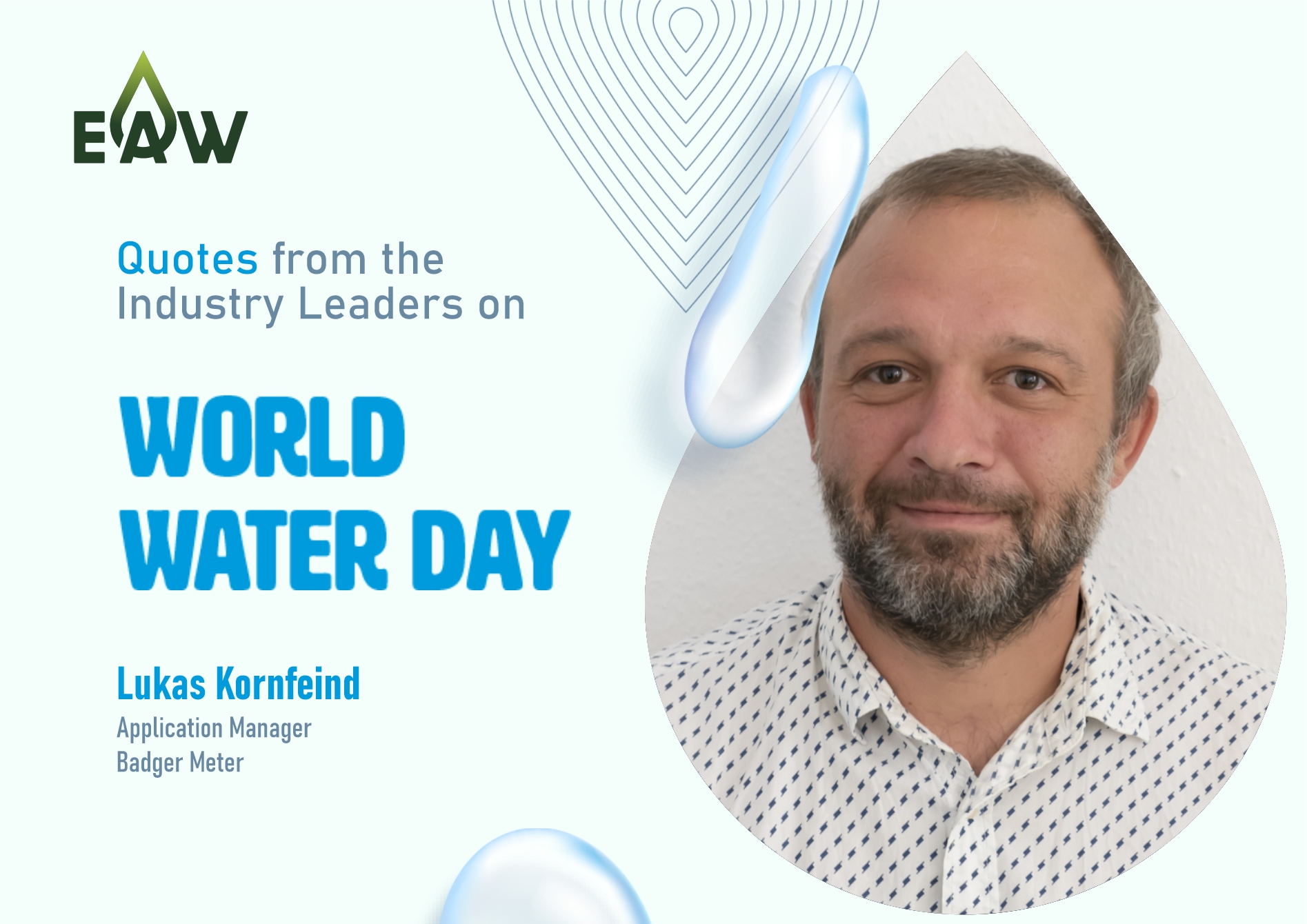World Water Day 2023 quote By Lukas Kornfeind, Application Manager, Badger Meter Water Quality International –
Surface and groundwater are the major sources for drinking water worldwide. Therefore, their protection is the basis for public health and in the interest of many governments. To examine the current situation, the Central Pollution Control Board of India (CPCB) published, the guidelines for online monitoring systems of wastewater effluents. 17 categories of effluents, from common effluent treatment plants and STPs up to industrial dischargers like pulp & paper, oil refineries and dye & dye units, were defined. For these categories emission monitoring systems should help to track the discharge of pollutants. COD, BOD, TSS, oil indicators, pH and Ammonia, were parameters of special interest. More than 1000 s::can online monitoring systems are installed only in industrial effluents tracking the quality of the water, either sweeping into the groundwater or directly entering into the surface water. s::can uses online UV/Vis–spectrometers for measuring multiple parameters at the same time in a single probe. With measurement intervals less than two minutes, even small, but possibly high polluted emissions of COD, BOD and TSS, can be recorded. The combination of organics (COD, BOD) and classical parameters like pH illustrates the harmfulness of the pollution discharged into the environment. As the industrial and municipal plants are spread all over the country it was necessary to centralize the information of the s::can probes. Therefore the s::can monitoring systems sending the data via GPRS directly to the online platform of the CPCB. Beyond that s::can monitoring stations are installed in many rivers, all over the country observing their water quality for indicators of pollution. Together with wastewater monitoring this strategy provides a powerful tool for future measures.





